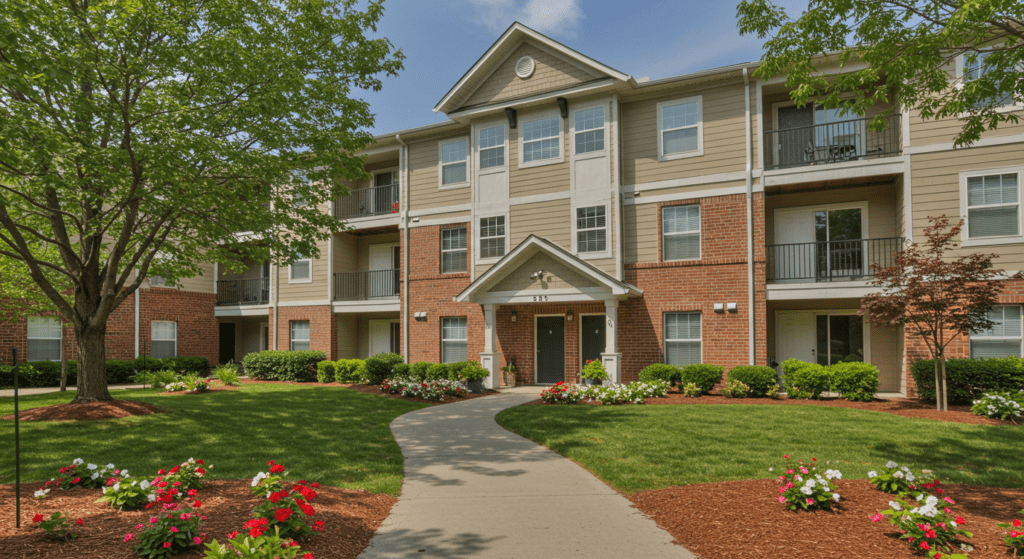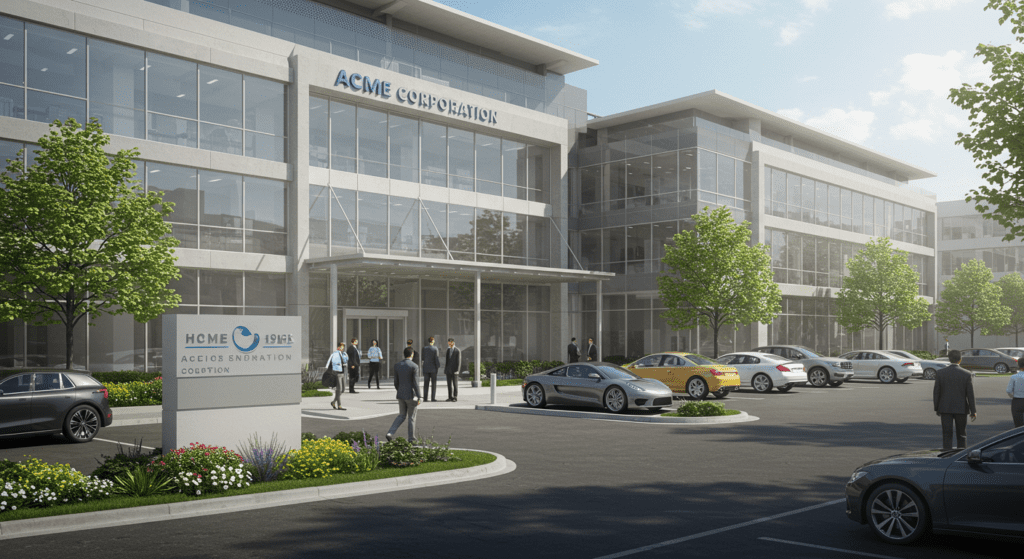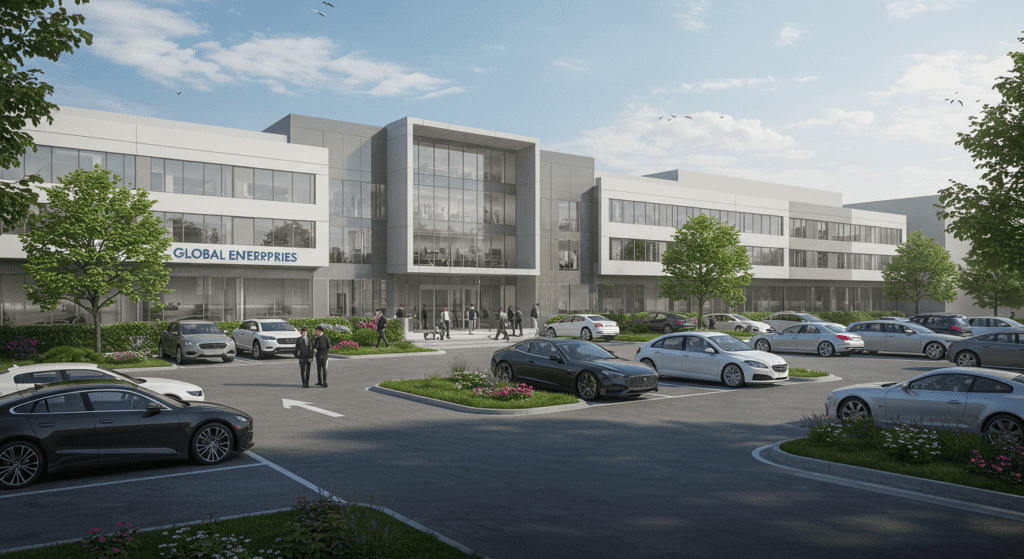- Key Differences between Apartment Building and Commercial Property Insurance
- Understanding the Basics: An Overview of Residential vs Commercial Policies
- Policy Coverage: How Apartment and Commercial Insurance Differ
- Liability Protection: Tailoring Coverage to Your Property Type
- Deductibles and Premiums: Navigating Cost Characteristics
- Replacement Cost versus Actual Cash Value: What You Need to Know
- Structural and Common Area Coverage: A Closer Look
- Additional Endorsements and Riders: Customizing Your Policy
- The Claims Process: Handling Losses in Different Property Types
- Making the Right Choice: Evaluating Your Options for Optimal Protection
1. Key Differences between Apartment Building and Commercial Property Insurance
Choosing the right insurance policy for your property is crucial. Whether you own an apartment building or a commercial property, understanding the similarities and differences between residential and commercial insurance policies can help you protect your investment effectively. This article discusses the key differences between apartment building and commercial property insurance, provides an overview of residential versus commercial policies, and explores specifics such as policy coverage, deductibles, premiums, and more.

2. Understanding the Basics: An Overview of Residential vs Commercial Policies
Residential insurance policies are designed for properties that are used as living spaces. These policies generally cover apartment buildings, condominiums, townhouses, and single-family homes. On the other hand, commercial insurance policies offer protection for business properties such as offices, retail centers, warehouses, and industrial facilities. The type of property and its intended use significantly influence the policy structure. Residential policies are typically tailored to the needs of tenants and property managers, while commercial policies focus on mitigating risks related to business operations, inventory, and customer visits.
3. Policy Coverage: How Apartment and Commercial Insurance Differ
While there are similarities, the coverage provided by apartment building insurance and commercial property insurance can differ significantly. Apartment building insurance is typically focused on protecting residential structures, tenants’ belongings, and common areas. Protection often includes damage from fire, storms, vandalism, and other natural or man-made perils. In contrast, commercial property insurance covers a broader range of risks, including business interruptions, equipment breakdowns, and liability risks specific to business operations. With commercial policies, property owners may need coverage for unique hazards such as machinery damage, frequent customer foot traffic, and specialized liabilities. Knowing the difference in coverage helps property owners select a policy that is aligned with their risk profile.

4. Liability Protection: Tailoring Coverage to Your Property Type
Liability protection is an essential element in both types of insurance. For apartment building owners, liability coverage typically addresses risks associated with tenants and visitor injuries within common and shared spaces. The focus is on preventing costly lawsuits that may arise from slip-and-fall accidents, inadequate maintenance, or other incidents on the property. Commercial property liability, however, often goes a step further by including product liability, professional liability, and other business-related exposures. Retail establishments, restaurants, and offices face different challenges and thus require more comprehensive protection to safeguard against claims that can impact their operational continuity. Be sure to tailor your liability coverage to match the unique risks associated with your property type.
5. Deductibles and Premiums: Navigating Cost Characteristics
Cost is often a critical factor when selecting an insurance policy. In residential insurance policies for apartment buildings, deductibles and premiums are generally influenced by the building’s age, location, security features, and the number of units. Commercial insurance premiums, however, are influenced by additional factors such as the nature of the business, level of risk in the area, occupancy, and revenue. Deductibles can vary widely between the two, and commercial policies may have higher deductibles due to the increased risk exposure. It is essential to carefully analyze the deductible options and premium costs while ensuring that the coverage remains robust. Comparing multiple insurers and policy options can help in striking the right balance between cost and comprehensive coverage.

6. Replacement Cost versus Actual Cash Value: What You Need to Know
A vital aspect of property insurance is the method used to determine the value of covered damages. Replacement cost coverage pays to repair or replace damaged property without deducting for depreciation. This type of policy is common in residential insurance for apartment buildings, ensuring that owners and tenants receive adequate funds to fully rebuild or renovate after damage. In contrast, many commercial coverage policies may opt for actual cash value coverage, which accounts for depreciation. With actual cash value, the payout might be lower because it is based on the replacement cost minus depreciation. It is important to understand this difference, as it significantly impacts recovery in the aftermath of a loss. Some property owners may even have the option to add a replacement cost endorsement to their commercial policy for enhanced protection.
7. Structural and Common Area Coverage: A Closer Look
Structural coverage protects the physical building against damage from various hazards. For apartment buildings, this includes not only individual units but also shared corridors, lobbies, and recreational or common areas. Special attention is given to common area coverage since these areas are frequently used by tenants and visitors and require regular maintenance. In commercial properties, structural coverage frequently extends to include improvements, built-in fixtures, and specialized installations. Commercial property insurance may also cover common areas such as parking lots, waiting areas, and loading docks. Differences in construction type and usage demand that insurers tailor their offerings to meet specific needs and local building codes. A thorough review of the property layout and common area usage is essential when discussing coverage options with your insurer.

8. Additional Endorsements and Riders: Customizing Your Policy
Both residential and commercial insurance policies offer opportunities for added coverage. These endorsements or riders provide customization to meet specific needs. For apartment owners, common endorsements include flood, earthquake, and equipment breakdown riders. These can be crucial in areas prone to severe weather or other natural hazards. Commercial property owners may explore endorsements for business interruption, cyber liability, and professional liability. Coverage enhancement options allow for adjustments in reserve limits and exclusions tailored to the unique business environment and property use. Property owners should evaluate what risks are more pressing and opt for riders that offer the best risk management solution for their particular circumstances.
9. The Claims Process: Handling Losses in Different Property Types
A core component of any insurance policy is the claims process. Although both apartment building and commercial property insurance have claims procedures in place, the time it takes to process a claim and the complexity of the claim can differ. For apartment buildings, claims often involve multiple units and require coordination between property managers, tenants, and insurers. The process may include inspections and assessments for common area damage as well as individual unit losses. Commercial claims often require in-depth business loss analysis, documentation of income interruptions, and sometimes third-party audits for equipment and operations. Property owners should familiarize themselves with the claims process when choosing a policy to ensure timely and efficient recovery from losses.

10. Making the Right Choice: Evaluating Your Options for Optimal Protection
The decision between apartment building insurance and commercial property insurance ultimately comes down to understanding the unique risks associated with your property type. Analyzing factors such as liability coverage, deductibles, premiums, and the method of compensation—all play a role in making the right choice. When evaluating your options, it is essential to gather detailed information about the insurance policies available. Engage with experienced insurance brokers or agents who specialize in both residential and commercial policies to ensure your property receives optimal protection. The goal is to maintain an adequate safety net that covers potential losses, thereby safeguarding your investment and ensuring peace of mind.
11. Conclusion
Choosing the correct insurance policy requires a detailed understanding of how apartment building and commercial property insurance differ. Whether you are managing a residential apartment building or operating a commercial establishment, the insurance coverage you select should be tailored to match your unique exposure to risk. From understanding the basics of policy coverage and liability protection to analyzing premiums, deductibles, and claims processes, informed decisions lead to better protection. Take the time to assess the differences, examine policy conditions, and customize your coverage with the appropriate endorsements to ensure that you are fully protected against unexpected losses. With thorough coverage and the right policy in place, property owners can secure their investment and continue to thrive in an ever-changing risk environment.
